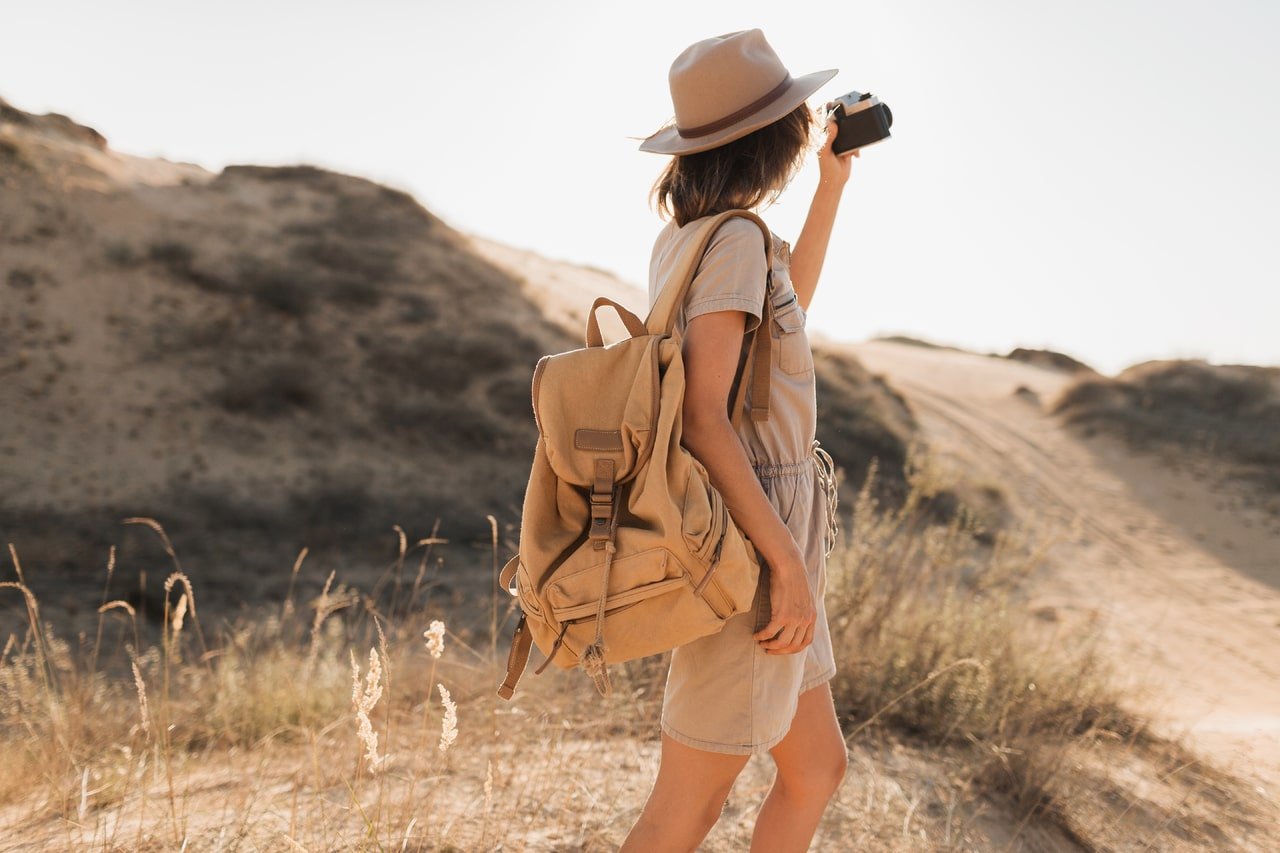Natural Light Photography: Master the Basics Like a Pro

Each of these parameters may be tweaked to get the ideal exposure or the perfect balance of light and dark in your photos. If you don’t feel comfortable modifying these settings on your own, you may always use your camera’s automatic or program settings. When taking a shot, shutter speed refers to how long the shutter on your camera remains open.
This ones for the Photographers. Today, we’re talking about natural light photography and how you can make the most of it to capture stunning photos. You don’t need to be a photography expert or spend hours in a classroom to get started. Just keep these essential camera settings in mind, and you’ll be well on your way to nailing those perfect shots.
- Aperture: Control Your Focus and Depth of Field
First things first, let’s talk aperture. This refers to the size of the opening in your camera lens, which dictates how much light passes through. Aperture is measured in f-stops – the higher the f-stop, the smaller the opening and the less light that enters. Want more of your image in focus? Go for a higher f-stop (Ansel Adams style). If you’re looking to isolate your subject, opt for a lower f-stop, which will blur the background and make your subject pop.
- Shutter Speed: Freeze or Flow with Intention
Next up is shutter speed, which can make or break your natural light photography game. Fast shutter speeds “freeze” action in a single frame, resulting in sharp, blur-free images. On the flip side, slow shutter speeds create intentionally blurred photos that exude a sense of motion or flow. Depending on the effect you’re after, you can experiment with shutter speeds as fast as 1/100th of a second or as slow as a couple of seconds.
So there you have it, guys! These two essential camera settings are the key to mastering natural light photography. Once you understand aperture and shutter speed, you can take full advantage of natural light and start capturing incredible images. Give it a try, and let us know how it goes in the comments. As always, thanks for reading, and happy shooting!


